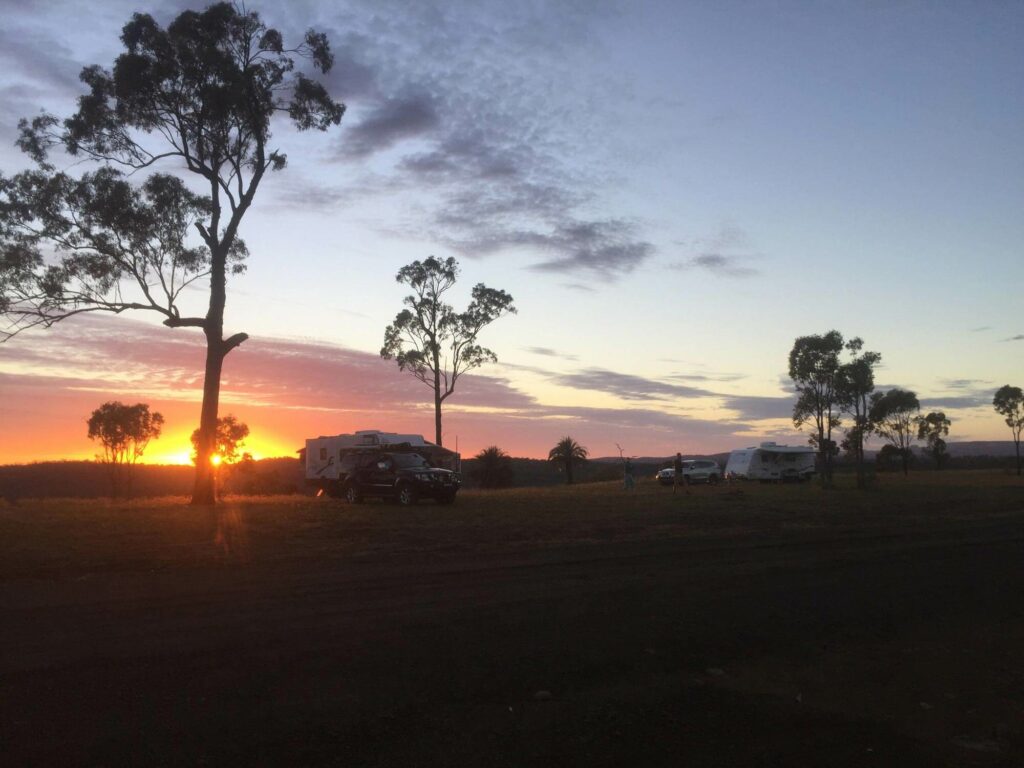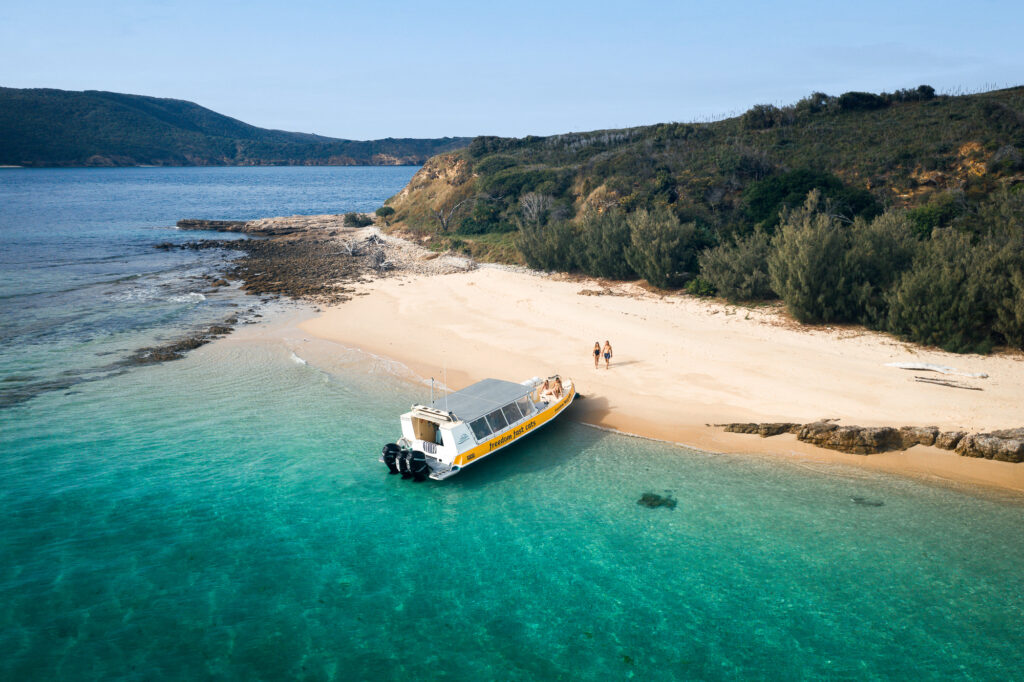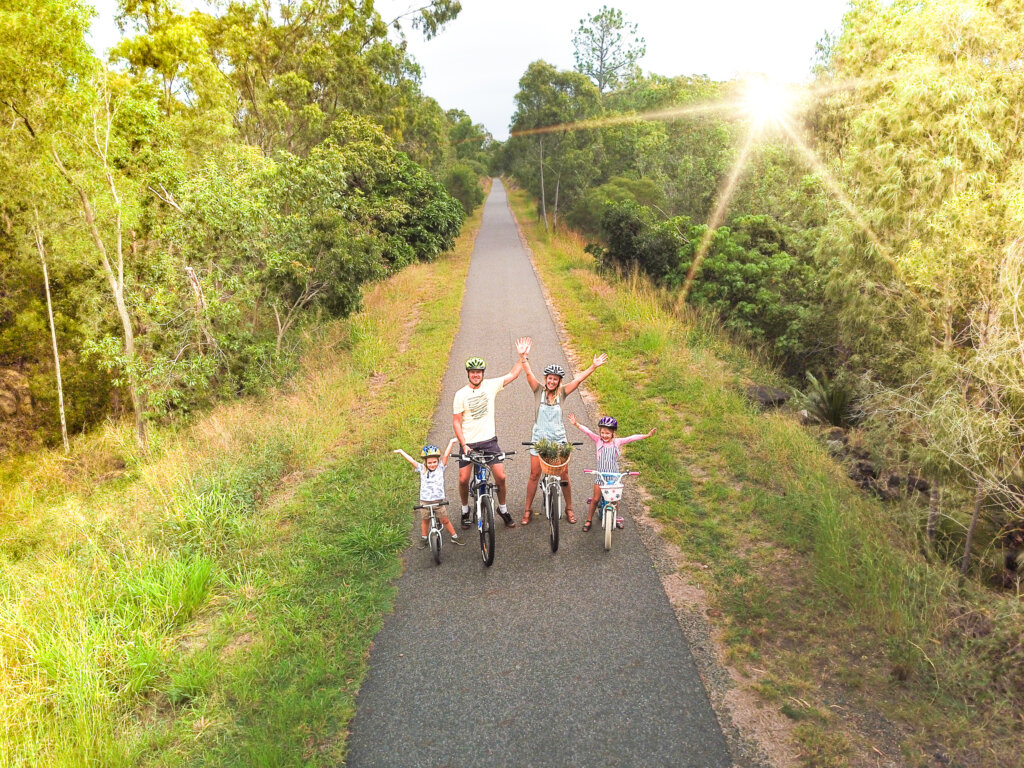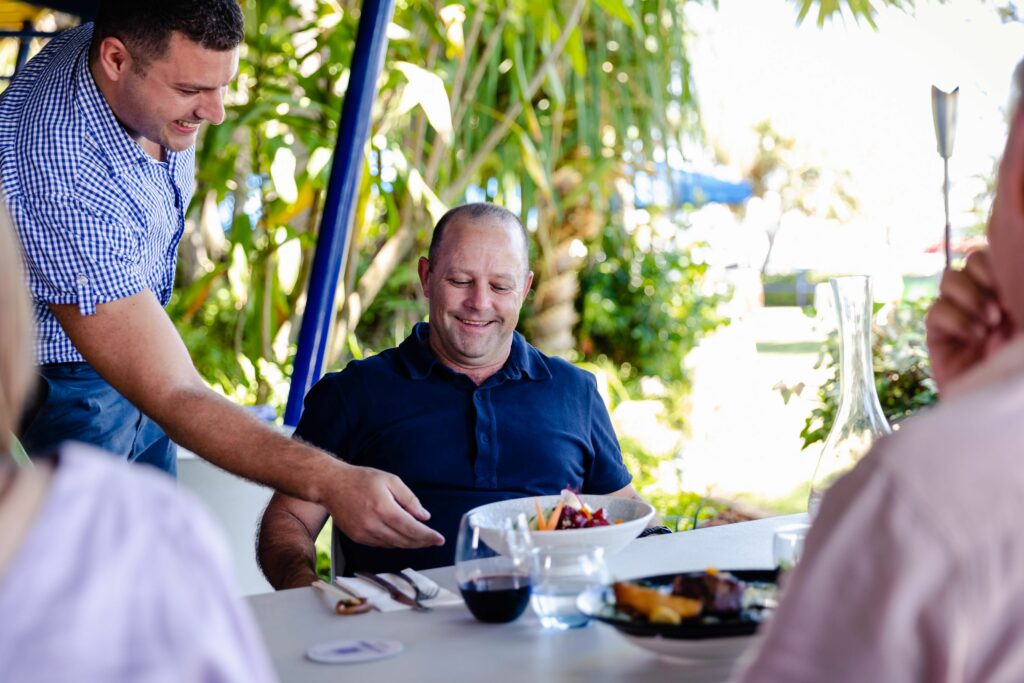Red
It’s a 9.2km return walk into Wards Canyon which most people visit for its giant green ferns, but pause on your way in and you’ll notice a rusty tinge in the water. This amazing hue is red algae. On your walk through the gorge, follow the tiny red-browed finch as it flirts and flitters through the trees and towards the Art Gallery. You’ll adore the ingenuity of the ancient Aborigines who used rich, red iron oxide to create their stencils which, at 3500 years, have stood the test of time.
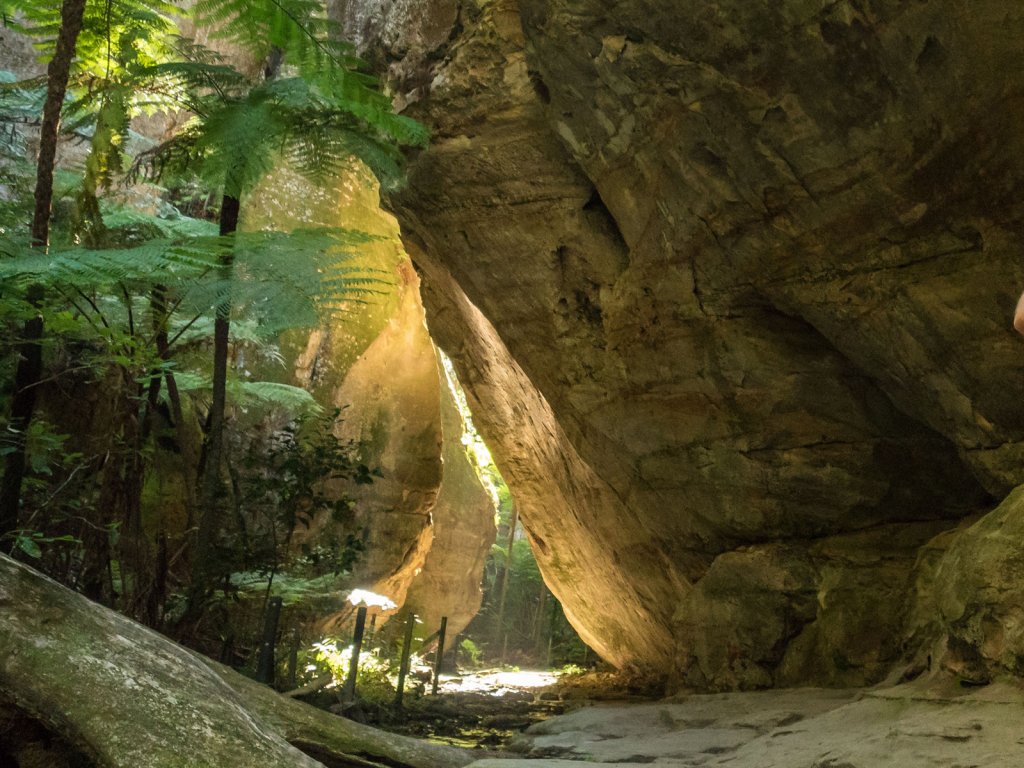
Yellow
The towering sandstone cliffs, which are the signatures of Carnarvon Gorge, are best viewed from within the Amphitheatre, a deep gash in the gorge accessible by a steep but safe staircase. The climb is worth it, as you’ll be standing beneath 60 metre yellow sandstone walls, two million years in the making. Back in the Art Gallery, check out the ochre stencils on the wall. Or head out on a Night Safari with Australian Nature Guides and go spotting for the yellow-bellied glider with its belly that looks like sunshine as it drifts between the trees.
5 reasons you should take a glamping holiday at Carnarvon Gorge>>>
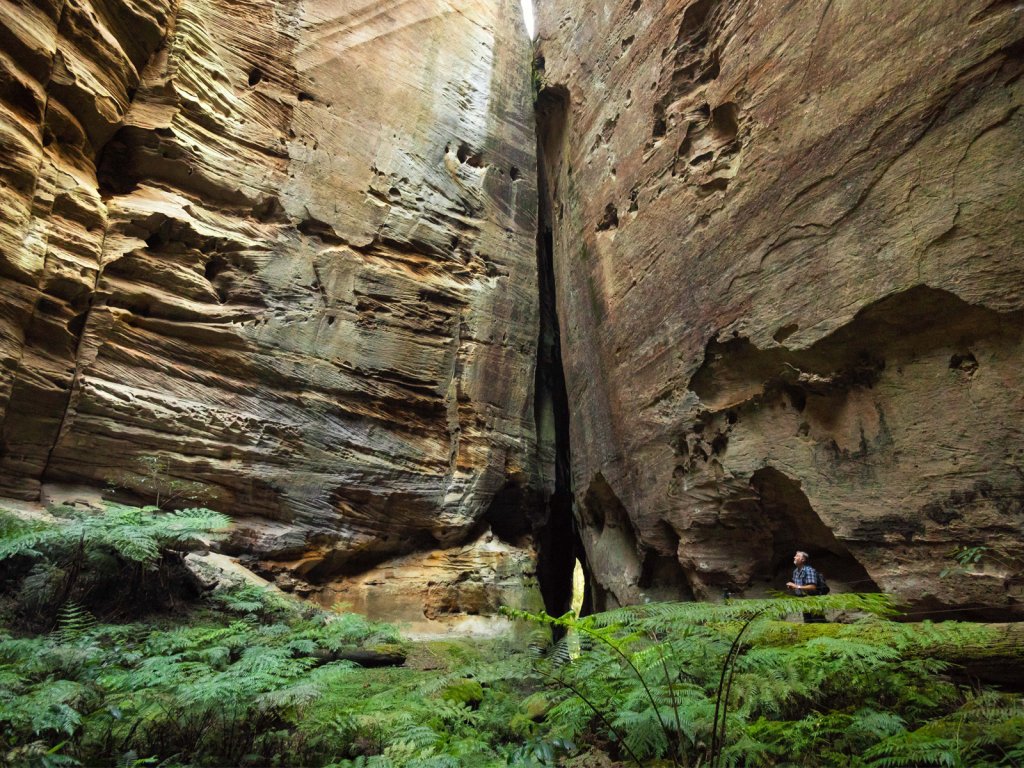
Blue
Just don’t look down and around when you are in Carnarvon Gorge. Remember to look up as well, and you will be rewarded with an impossibly blue Australian sky on a clear winter’s day, which contrasts spectacularly against the sandstone cliffs.
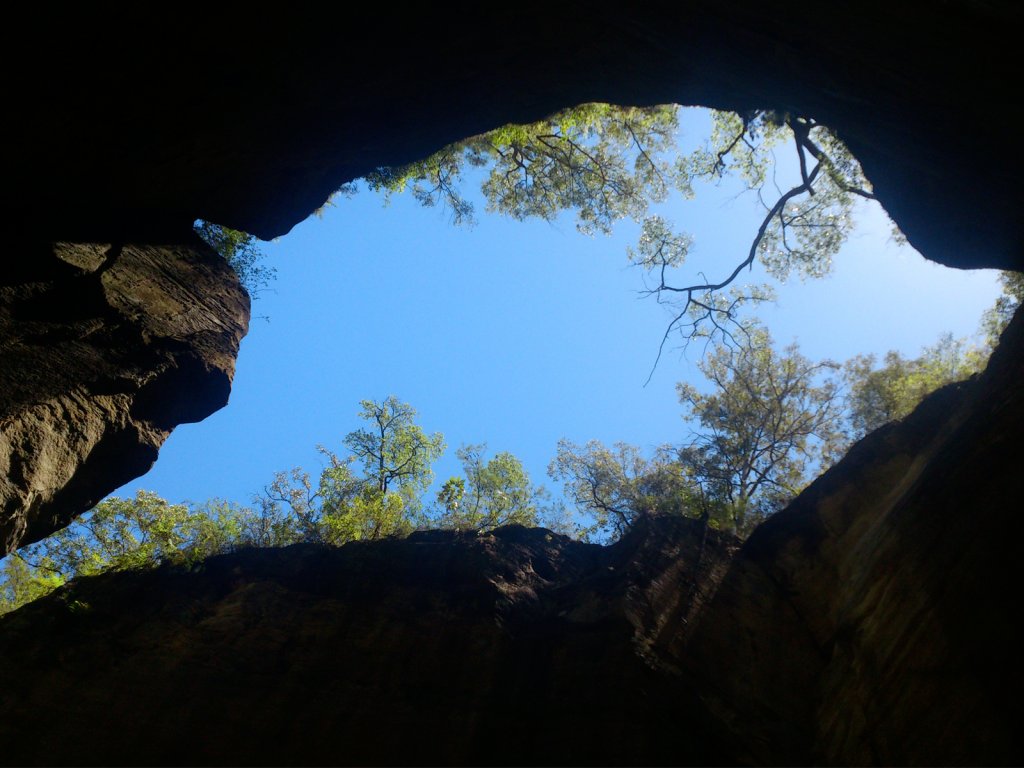
Green
In the emerald Moss Garden, a 7km return walk from the gorge entrance, water falls like tear drops down the plush, moss green walls. These droplets have taken between 5000 and 10,000 years to arrive at this point of entry, making this lush oasis even more special. Meanwhile, it resembles a ruined city, and inside Wards Canyon is one of the most changeable places with its waterfall. Here, admire the world’s largest fern, the king fern which measure 15 metres, and is only found in Carnarvon Gorge, Cape York and Fraser Island. While walking through the gorge, look up, as you’ll see plenty of lorikeets feasting on berries here.
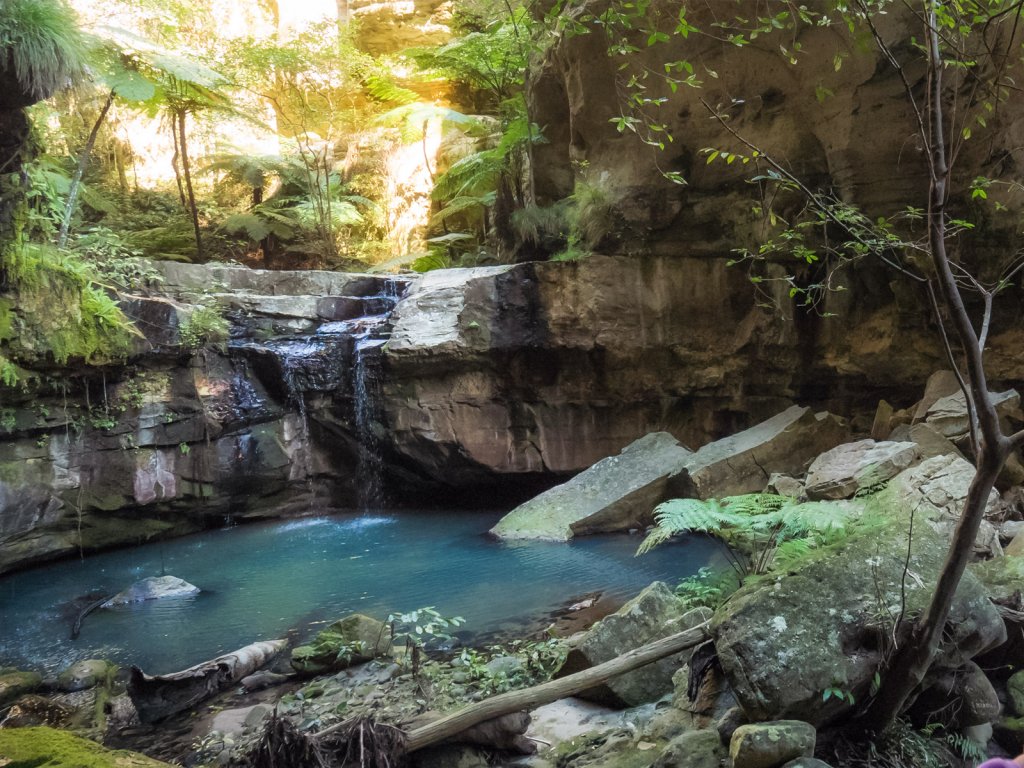
Brown
BIG4 Breeze Holiday Parks Carnarvon Gorge is one of the rare places in the country where you can easily encounter two of Australian’s iconic brown animals in their natural habitat: the platypus and echidna. Both monotremes (mammals which lay eggs), head to Takarakka’s platypus viewing platform at dusk or dawn to view these notoriously shy animals in the creek. And keep your eye out along the ground for echidnas, they are everyone if you look closely, drawn to the gorge for its plethora of insects and termites.
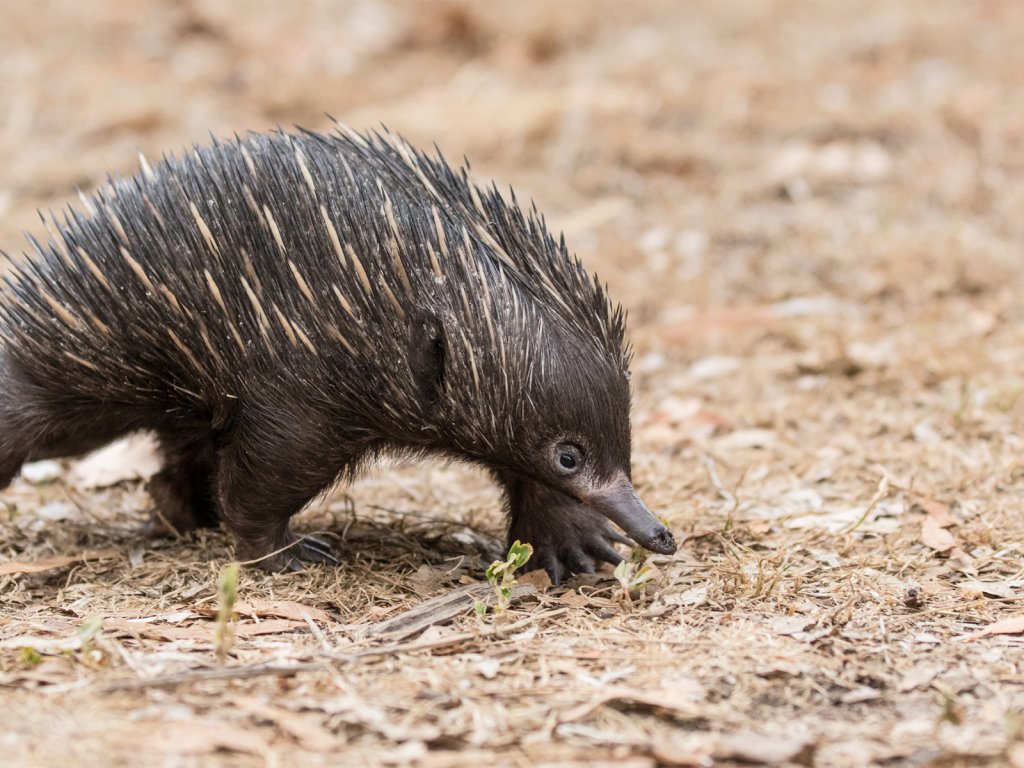
Grey
There’s plenty of kangaroos, wallabies and bettongs (the smallest species of kangaroo) in and around Carnarvon Gorge. Follow the tracks of the eastern grey kangaroo, easily distinguishable on the sandy track, as you trek past the towering and glorious grey gums which frame the walks here. The ancient Aborigines who roamed these parts never painted the entire animal, preferring to concentrate on the tracks themselves to share their sacred stories.
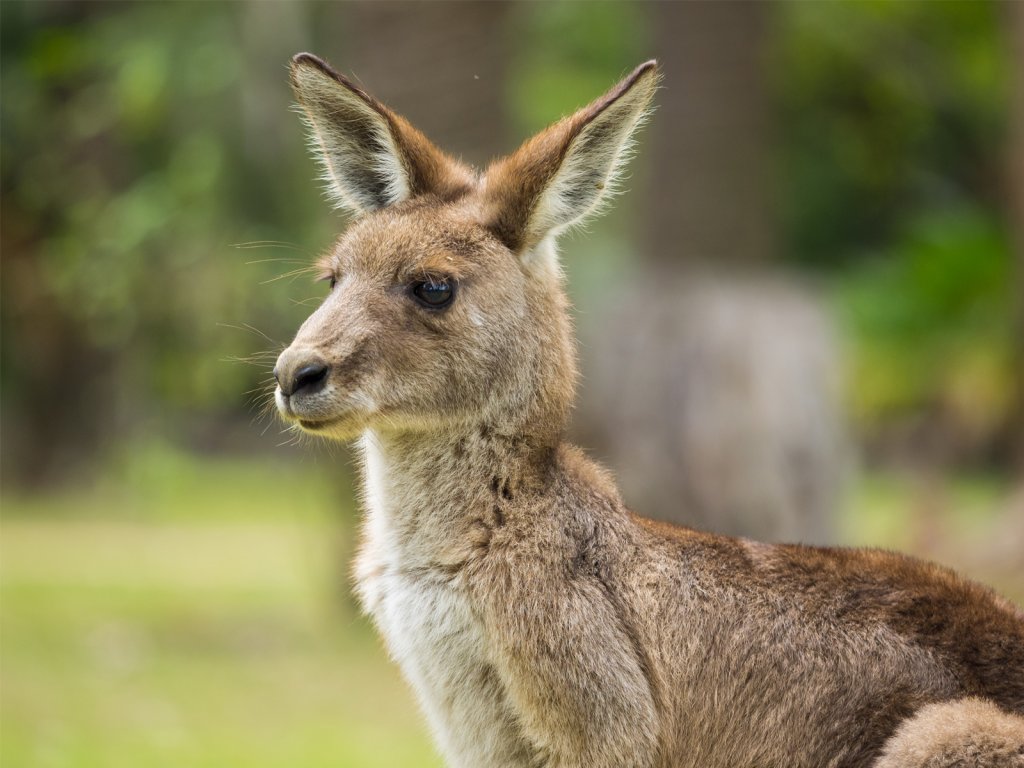
Orange
Depending on the day and the time of year, sunset around Carnarvon Gorge is a flaming bush fire orange and one of the best spots in which to capture this is by walking to the Lookout at Takarakka Bush Resort. Later at night, after the day is done, sit around a tangerine camp fire with your fellow campmates and swap stories of your colourful day.
